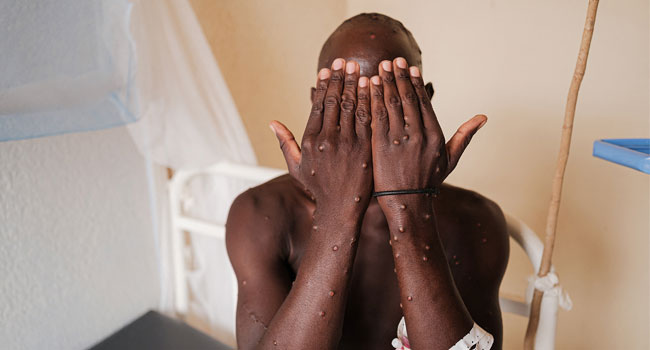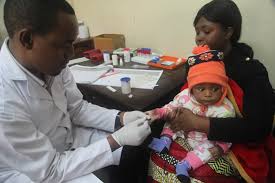When Guinea first detected cases of Mpox in September 2023, the country’s health authorities hoped for quick containment. But almost a year later, the story has shifted. The number of confirmed Mpox cases in the West African nation has now crossed 200, according to Guinea’s National Agency for Health Security (ANSS), with infections still being reported.
Mpox — once a rare tropical disease known mainly in parts of Central Africa — is no longer hiding in the shadows. As of this July, Guinea has recorded 206 cases, including 77 hospitalisations and one death. While these numbers may seem small compared to other diseases like malaria or cholera, the concern lies in the virus’s growing footprint and the potential for silent spread across borders.
A Region on Alert
Guinea isn’t alone in this fight. Its neighbours are also grappling with surging cases. In Sierra Leone, more than 3,300 infections were reported between January and May this year, along with 16 deaths. Liberia, as of early June, had identified at least 71 active cases. The virus has also been making rounds in the Democratic Republic of Congo, Uganda, and Burundi — pointing to a broader West and Central African outbreak.
This rising trend has caught the attention of the World Health Organisation (WHO), which last month warned that Mpox remains a public health emergency of international concern. WHO Director-General Dr Tedros Adhanom Ghebreyesus highlighted that the continued increase in cases — especially in West Africa — suggests possible undetected transmission in countries both inside and outside the continent.
What Is Mpox, and Why Does It Matter?
Mpox is caused by a virus related to smallpox. It spreads through close contact — with infected animals, humans, or contaminated materials. The symptoms often include fever, muscle aches, fatigue, and a characteristic skin rash with painful, boil-like lesions. While it’s not as deadly as smallpox, it can be severe, particularly in vulnerable individuals.
The virus has two strains — clade 1 and clade 2. Clade 1 is considered more dangerous and has been historically found in Central Africa. But clade 2 gained global attention in 2022 when it began spreading rapidly in countries far from its origin, mostly affecting gay and bisexual men in Europe and the Americas. That outbreak was a wake-up call that Mpox isn’t just a “remote African virus” — it’s a global threat.
Under-reporting and Under-preparedness
One of the major challenges in containing Mpox in Africa is underreporting. Limited access to healthcare, fear of stigma, and inadequate disease surveillance systems mean that many cases go undetected. What we see in the official figures might just be the tip of the iceberg.
Health workers in Guinea and other affected countries are doing their best with limited resources — tracing contacts, isolating patients, and trying to raise awareness in communities. But without stronger regional coordination and international support, the virus could continue to spread quietly.
The Bigger Picture
In a world still recovering from the impact of COVID-19, the rise of Mpox is a reminder that infectious diseases don’t respect borders. What starts as a local outbreak can quickly evolve into a global crisis if not handled swiftly and transparently.
Experts say the key to prevention lies in early detection, community education, and robust health systems. For now, countries like Guinea remain on the frontline — not just fighting a virus, but also challenging long-standing gaps in global health equity.
As the rainy season approaches in parts of West Africa, bringing with it more human-to-human interactions and strained health facilities, authorities remain on high alert. The story of Mpox in Guinea is still being written — and the world would do well to pay attention.





